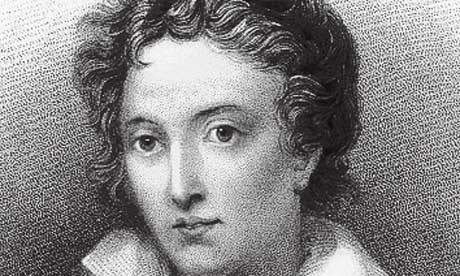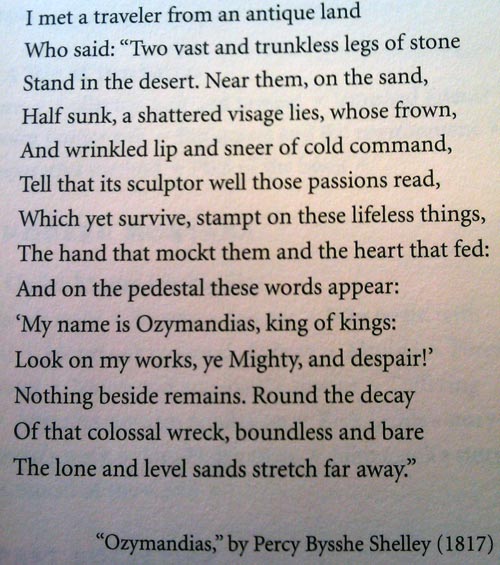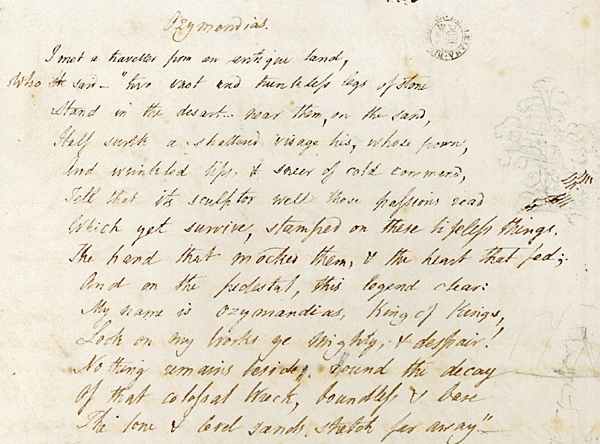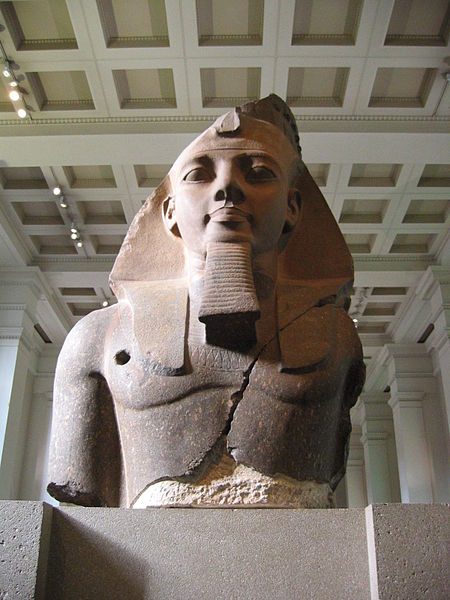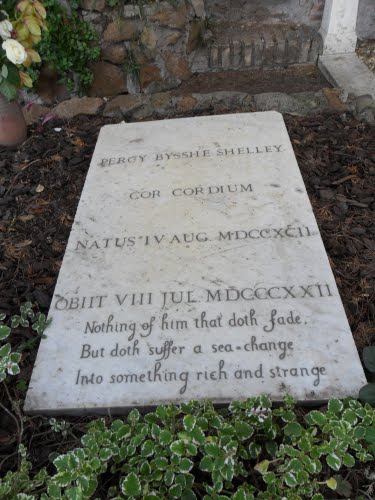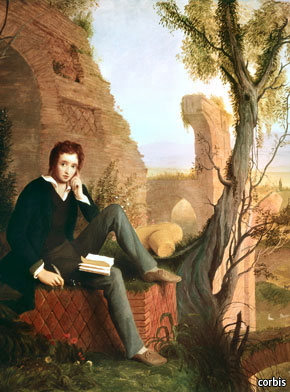Ozymandias
Listen to a famous actor reading out this poem for us!
“Ozymandias”, Percy Bysshe Shelley, 1817 fair copy, Bodleian Library.
The ‘Younger Memnon’ statue of Ramesses II in the British Museum. The imminent arrival of the head in England in 1818 inspired the poet Percy Bysshe Shelley to write Ozymandias.
Weighing 7.25 tons, this fragment of his statue was cut from a single block of two-coloured granite. He is shown wearing the nemes head-dress surmounted by a cobra diadem. The sculptor has used a slight variation of normal conventions to relate his work to the viewer, angling the eyes down slightly, so that the statue relates more to those looking at it. It was retrieved from the mortuary temple of Ramesses at Thebes (the ‘Ramesseum’) by Giovanni Belzoni in 1816. Belzoni wrote a fascinating account of his struggle to remove it, both literally, given its colossal size, and politically. The hole on the right of the torso is said to have been made by members of Napoleon’s expedition to Egypt at the end of the eighteenth century, in an unsuccessful attempt to remove the statue.
An interpretation of Shelley’s classic sonnet about mankind’s hubris. Shot almost 30 years ago near Point Reyes, California. What do you think of it?
This is a pretty challenging explanation of Ozymandias. Do you find these videos meant for students of English to get some kind of visual revision for their final year exam useful?
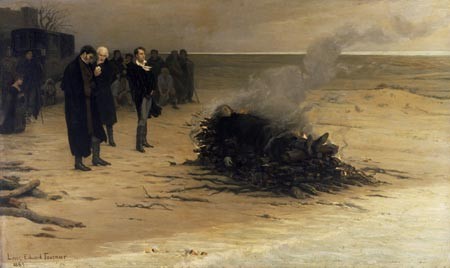 The Funeral of Shelley by Louis Edouard Fournier (1889), pictured in the centre are, from left, Trelawny, Hunt, and Byron.
The Funeral of Shelley by Louis Edouard Fournier (1889), pictured in the centre are, from left, Trelawny, Hunt, and Byron.
Shelley’s grave in Rome, in the Protestant Cemetery adjoining the Pyramid of Cestius. It’s not much bigger than a neighborhood park, but within its walls lies the remains of two of the great personages of English Literature: John Keats and Percy Bysshe Shelly.
Percy Bysshe Shelley (1792-1822) was a great friend of Keats but was better known and appreciated at the time, although he was considered a rebel and a free-thinker. The year after Keats was buried, Shelley was sailing along the coast of Italy when his sloop was caught in a squall. He perished and when his body finally washed up on the shore most of his features were gone. The body’s identification was assured, however, when those who found him discovered Keats latest book of poems in his back pocket. Shelley was cremated on the beach and his ashes taken to Rome. However, Mary Shelley, his wife kept his heart which had been rescued from the flames. She pressed it into a copy of Adonis, the poem her husband had written in honor of his friend, Keats and kept it for the rest of her life.(www.poetsgraves.co.uk)
You won’t have any trouble finding Shelley’s grave. His name is inscribed boldly on the white slab covering his grave. The words “Cor Cordium” in large letters means literally “the heart of my heart.” They likely reflect Mary Shelley’s influence, although she knew where his physical heart was. It’s kind of a play on words for those who know that she kept his heart with her for the rest of her life.
Browse the following link to find something interesting about Shelley’s stay in Rome.
Shelley contemplates urban decay. “HELL is a city much like London,” opined Percy Bysshe Shelley in 1819.
Ode to the West Wind
Frequently Asked Questions
- Q: Who is credited for their influence on Percy Bysshe Shelley?
- A: William Godwin, Francis Bacon, George Byron, 6th Baron Byron, Adam Weishaupt and John Milton inspired Percy Bysshe Shelley.
- Q: What is Percy Bysshe Shelley quoted as saying?
- A: Famous quotations include: “O, wind, if winter comes, can spring be far behind?”
- Q: In what type of work did Percy Bysshe Shelley specialize?
- A: Percy Bysshe Shelley was an accomplished poet and author.
- Q: Where was Percy Bysshe Shelley born?
- A: Percy Bysshe Shelley was born in Horsham.
- Q: What was the cause of Percy Bysshe Shelley’s death?
- A: He died in July, 1822 from drowning.
- Q: Where did Percy Bysshe Shelley go to school?
- A: Percy Bysshe Shelley was a student at the University College, Oxford.
- Q: What religion did Percy Bysshe Shelley believe in?
- A: Percy Bysshe Shelley was a member of the Atheism denomination.
These are questions that most students ask on the web. Which ones would you ask that are not to be found in your textbook or that are not easily found in the web? Pose at least three questions.
A Defense Of Poetry
To Wordsworth
